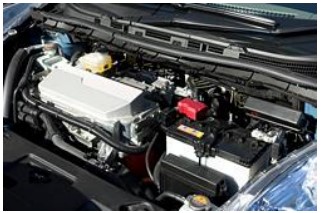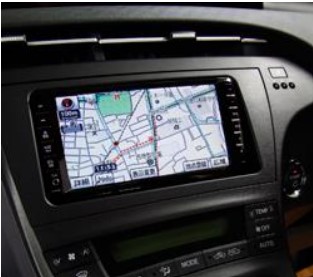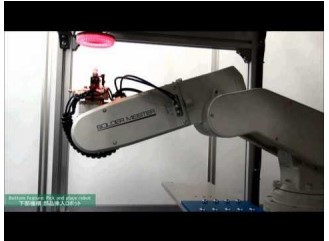State-of-the-Art Soldering Technology Supporting Automotive Electronics
Soldering of automotive in-vehicle equipment requires strict quality control and reliability. This presentation will provide examples of automated high-level soldering technology in the automotive industry, which is becoming more and more electronic.
Automobile : Assembly of Electronics Technologies

Many of the mechanical technologies that used to drive automobiles are now being replaced by electrical technologies, including hybrid vehicles (HVs), which now use motors as their driving source. Most functions such as airbags, ABS, anti-collision devices, and car navigation systems are based on electrical and electronic technologies.
Under such circumstances, soldering technology is gaining presence. Soldering for in-vehicle equipment requires specific technology and knowledge, as it requires much stricter quality control and reliability than general electronic device.
Areas where automobiles have become more electronic
(1) Power train parts related to HV

Electrical and electronic technologies are used in motors and motor drivers, DC-DC converters (DC voltage converters), ECUs (electronic control units), and other components required to drive HVs and EVs.
(2) Areas related to fuel efficiency improvement

In order to improve fuel efficiency, various parts are being electrified as those that were once powered by engines are now electrically driven. For example, compressors for car air conditioners and water pumps for circulating cooling water in engines, which used to be driven by the engine, are now electrically driven.
(3) Parts related to safety functions

Safety functions such as ABS and airbags, which send an electrical signal as soon as a sensor detects an abnormality and are triggered in an instant, are symbolic of the unique functionality of electronic control. Collision prevention functions, driver assistance systems, and automated driving technologies are also controlled by numerous electronic components.
(4) Areas related to livability and comfort

Electrical and electronic technologies are also incorporated in areas related to the comfort and livability of automobiles. For example, car navigation systems, car audio systems, keyless entry, back-up monitors and corner sensors to assist parking, seat position adjustment, etc…. The need for increased comfort in automobiles is high and is expected to increase further in the future.
Automated high-level soldering technology

Automobiles are a socially responsible technology in which a single wrong move can result in the loss of human life. That is why soldering of automotive electronic components requires a much higher level of quality and reliability than in general industries in order to prevent malfunctions and problems.
Furthermore, in recent years, more and more components have been modularized with mechanisms and electronic components/boards, requiring higher-level technologies such as soldering and conveyor to intricate locations while maintaining conventional quality.
In response to this situation, Japan Unix has developed the UNIVERSE S (Universe Series) laser soldering robot, which automates the picking, assembly, and soldering of electronic components in a series of processes. The UNIVERSE S series of laser soldering robots significantly reduces process time, saves space, and improves the quality rate.
If you would like to learn more about the current state of automobiles, which are becoming more and more electronic, issues specific to the automotive industry, and how “UNIVERSE S” works, please click here to download the PDF file.

 日本語
日本語 中文
中文 Deutsch
Deutsch Español
Español